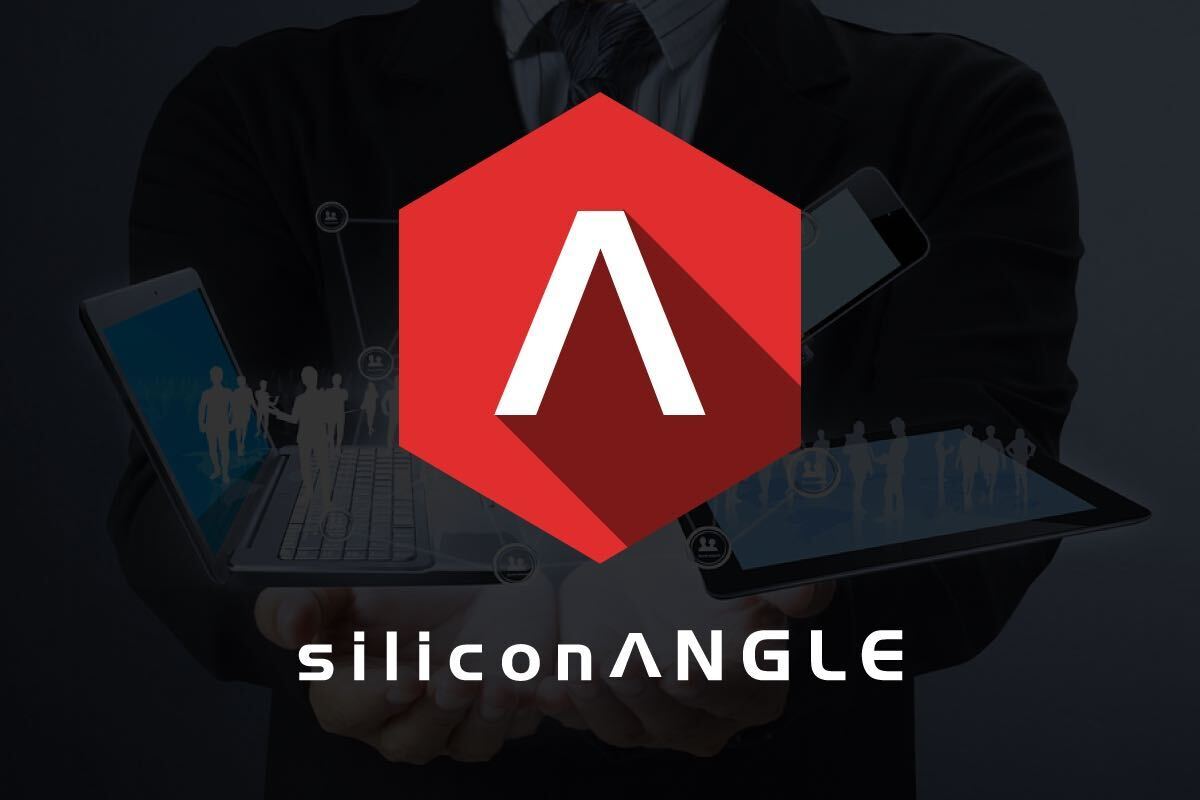


![]() Though we’re still years away from having fully autonomous cars on the streets, that doesn’t mean that companies aren’t working on ways to make the act of driving cars as technologically advanced as possible.
Though we’re still years away from having fully autonomous cars on the streets, that doesn’t mean that companies aren’t working on ways to make the act of driving cars as technologically advanced as possible.
Pimping a car is no longer just about spinning rims, lush interiors and a flashy paint job. Now, it’s all about connecting to the cloud, and other ingenuities that would allow your car to do more than just get you from point A to B.
Here’s this week’s look at the top developments in the world of Smart Cars.
If you have an Aston Martin, you probably already feel like you’re driving through the clouds when driving. With all the talk about cloud computing, it was inevitable that the two would someday collide. Last year, Aston Martin partnered with Microsoft and began deploying Office 365 in their vehicles, which allowed drivers to access their emails remotely.
This year, the company integrated Windows Intune, which allows for the remote management of connected devices in response to its growing BYOD community. With the integration, Aston Martin’s IT department has a centralized view of the health of employees’ remote mobile devices, improving overall data security, and the can easily install software and security updates. IT can also provide employees with a cloud-based, self-service portal, which allows them to choose the appropriate applications for the device they are using, as well as the ability to resolve issues from afar.
For Simon Callow, head of IT at Aston Martin, the idea is to use this technology “to enable the decision makers to make the decisions and to make them quickly, and make them with the right information in their pockets.”
Last year, Sprint launched Sprint Velocity, a platform that connects your car to the cloud. Chrysler was the first to jump on board, and now the carrier has a new partnership with IBM to take the initiative a step further.
![]()
Using IBM’s MessageSight, an appliance specially designed for “Internet of Things” communications in traffic management systems, smart buildings and household appliances, Sprint’s connected vehicles will be able to communicate with other connected devices while using far less bandwidth and power.
This would also allow for faster communication between your car and a smartphone app, better relay in real-time for traffic and weather information, or even easier personalization, such as automatically resetting preferred seat and wheel positions and radio stations for each driver of a car.
AT&T is also in on the SmartCar revolution, as it announced a partnership with Sirius XM Radio to provide mobile connectivity to support a suite of security and services for Nissan automobiles in North America.
“Your future car is going to be a smartphone with four wheels with powerful capabilities specifically built for a safe and enhanced customer experience,” said Glenn Lurie, president of AT&T Emerging Enterprises and Partnerships Organization. “By adding fast, reliable and built-in mobile internet for SiriusXM’s forthcoming in-car experience, we are powering a connected experience inside Nissan automobiles for both drivers and passengers.”
Advanced driver assistance systems developer Mobileye recently announced that it has raised $400 million from investors such as Goldman Sachs and Morgan Stanley.
The funding will be used to boost the company’s efforts in developing driverless cars by installing technology that automates much of the driving experience, but at a more affordable cost for consumers.
The interest in self-driving or driverless cars stems from the need for safer roads – meaning eliminating fatal human errors.
But what would people do with a lot of SmartCars, or any vehicle in general, if there’s nowhere to park? I’m sure I’m not the only one here who has experienced waiting more than 30 minutes for a free spot.
Orange Business Services, a leading global integrator of communications solutions for multinational corporations, has partnered with Streetline, a private company that deploys smart parking solutions, to brings its solutions to France.
Streetline’s solution is based on sensors that detect the presence of vehicles in on-street and off-street parking areas, identify and signal open spaces to the data management system. With the use of a mobile app, drivers can find available spaces to park in. The mobile app features voice-guided directions to nearest open space as well as offer additional information such as hours, prices, and other policy information. Streetline also offers a solution designed for city leaders to help manage and analyze the use of parking via a suite of real-time and historical analytics applications.
“We are delighted to announce our partnership with Orange. The lack of parking is a real problem for drivers. Streetline’s technology, which has already proven its worth in the U.S, UK and Germany offers drivers an easier, more efficient way to find a parking space, and gives cities a profitable way to improve quality of life despite their ever-tightening budgets,” explained Zia Yusuf, president and CEO of Streetline.
Support our mission to keep content open and free by engaging with theCUBE community. Join theCUBE’s Alumni Trust Network, where technology leaders connect, share intelligence and create opportunities.
Founded by tech visionaries John Furrier and Dave Vellante, SiliconANGLE Media has built a dynamic ecosystem of industry-leading digital media brands that reach 15+ million elite tech professionals. Our new proprietary theCUBE AI Video Cloud is breaking ground in audience interaction, leveraging theCUBEai.com neural network to help technology companies make data-driven decisions and stay at the forefront of industry conversations.